Frequently Asked Questions About Overall Fitness
Q: Should I lift fast or slow?
When it comes to slow vs. fast reps, you first need to understand the significance of repetition speed. In strength training language, repetition speed means tempo, or how fast you lift a weight or resistance.
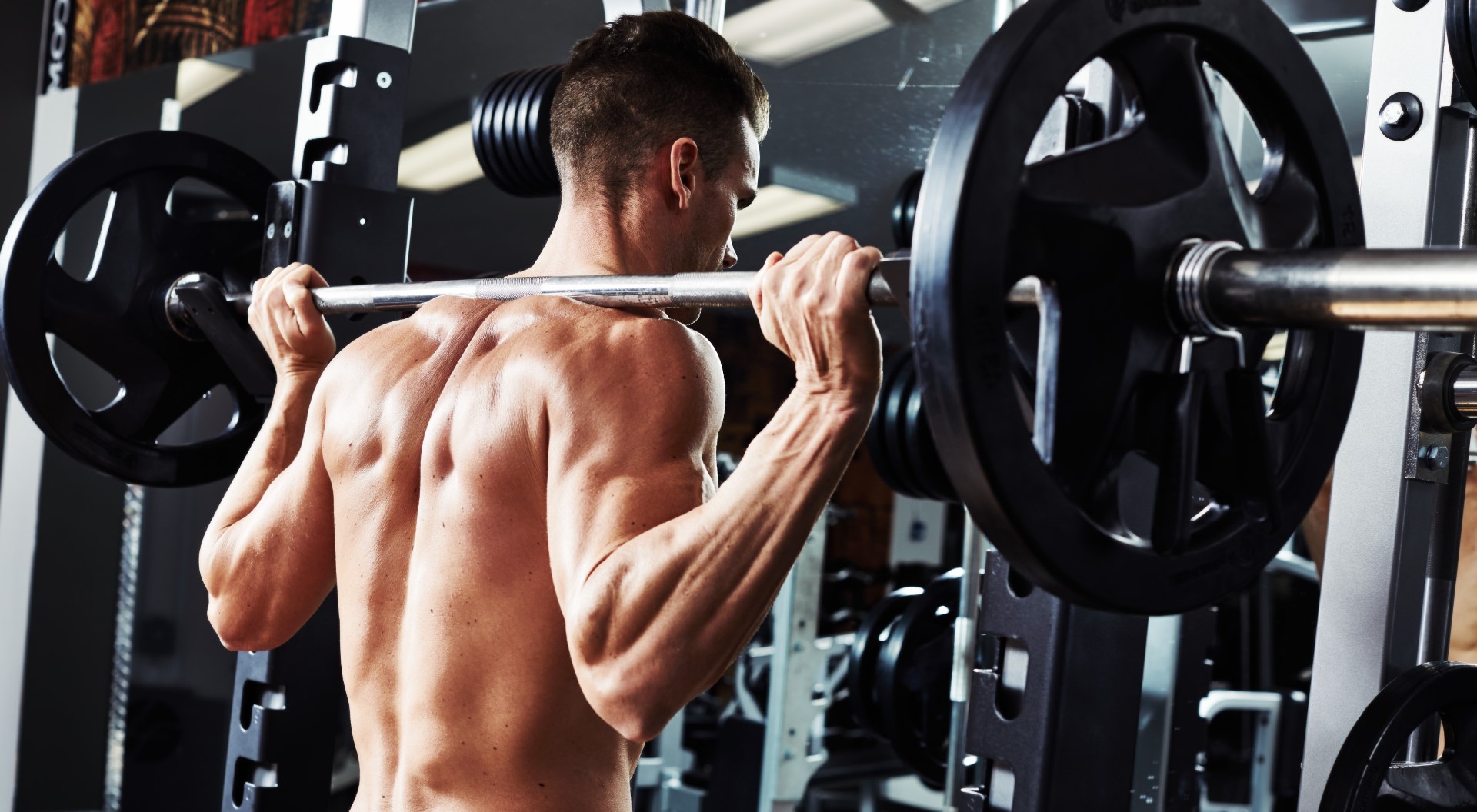
Tempo is demonstrated through both the eccentric (lengthening the muscle, like when you lower your arm in a bicep curl) and concentric (shortening the muscle, like lifting your arm in a bicep curl) part of a movement. If your goal is hypertrophy or increasing muscle size, then focusing on slow reps to build muscle is a good place to start. When you do a slow rep workout, your muscles experience a greater time under tension than they would if you were doing fast reps. Time under tension refers to the amount of time a muscle is under strain. This can lead to a greater increase in muscle size than faster reps which spend less time under tension if your fitness goals involve strength and power, then using a faster tempo may be more beneficial.
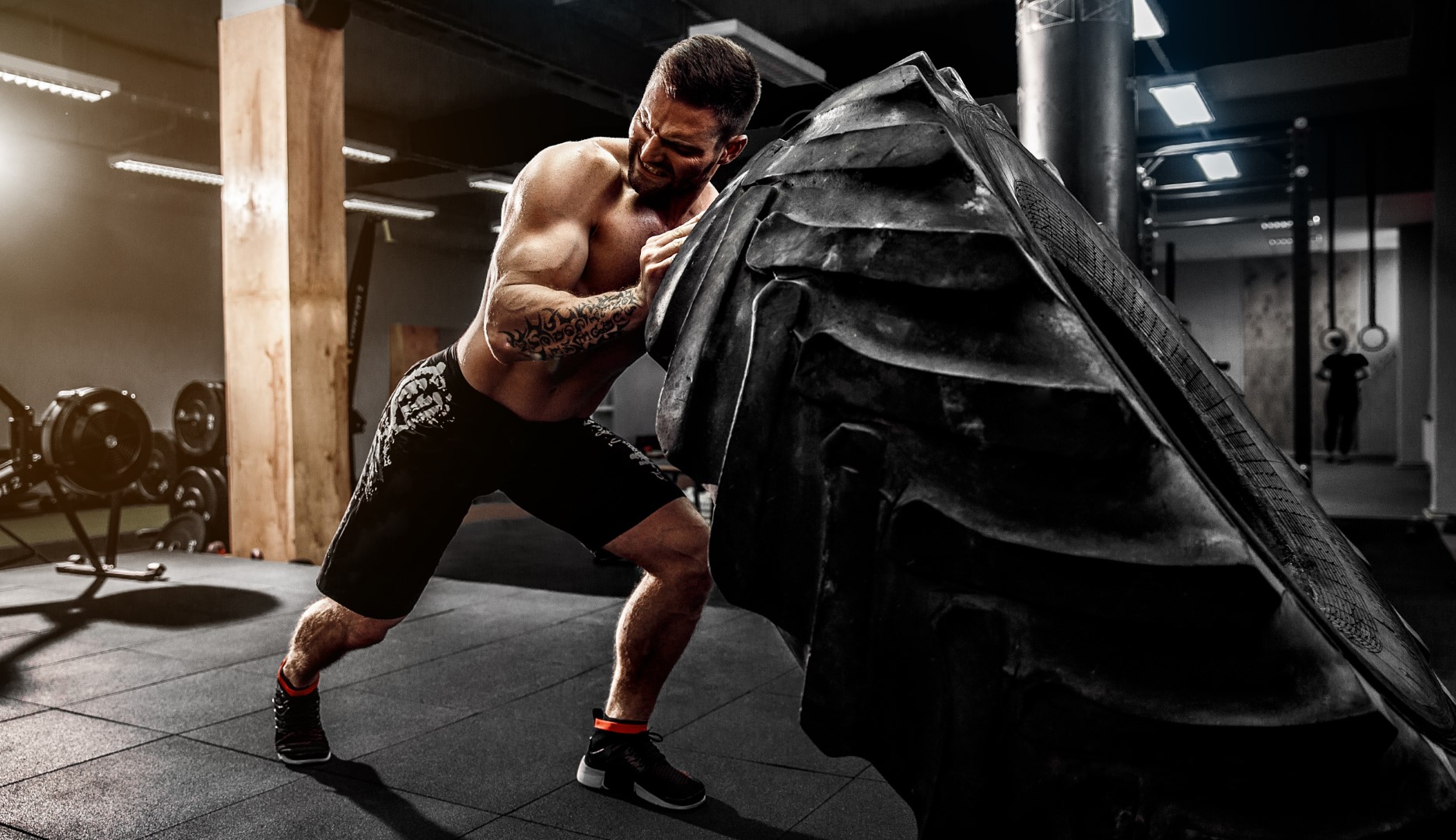
According to a 2015 study published in Physiological Reports, participants that trained for eight weeks at a high intensity, low volume resistance program demonstrated increased bench press and lean body arm mass with fast rep resistance exercise training. While faster reps are generally linked to more explosive movements that result in power, training with this tempo can also produce gains in muscle size. The bottom line is this: You will benefit from strength training with both tempos.
Q: Should I eat high carbs or low carbs?
The rationale behind low-fat, high-carb eating is this: fat has nine calories per gram, while carbohydrates and protein have four calories per gram. Also, dietary fat can be transported directly to your adipose (fatty) tissue and turned into body fat. Therefore, eating fat will make you fat much more easily than eating carbs. While fat has more calories than carbohydrates, it's also more satiating on a gram-for-gram basis. This is one of the virtues discussed by advocates of the low-carb diet. Plus, your body needs a fair amount of fat for both structural and hormonal purposes. And of course, while fat can be deposited directly to your adipose tissue, it's still going to be burned for energy if you're in a caloric deficit. As for low-carb diets, the rationale behind them is that eating carbs causes your body to produce insulin. Insulin is a storage hormone—it causes your body to store calories as fat. Carbs, the argument goes, also raise your blood sugar, and they are absorbed faster than fat, so a high-carb diet will lead to chronically elevated blood sugar and insulin levels, wild swings in blood sugar, and concomitant swings in energy level as well as excessive hunger. The thing is, regardless of the hormonal nuances of the two dietary approaches, your body still has to obey the laws of physics—specifically, conservation of mass-energy.
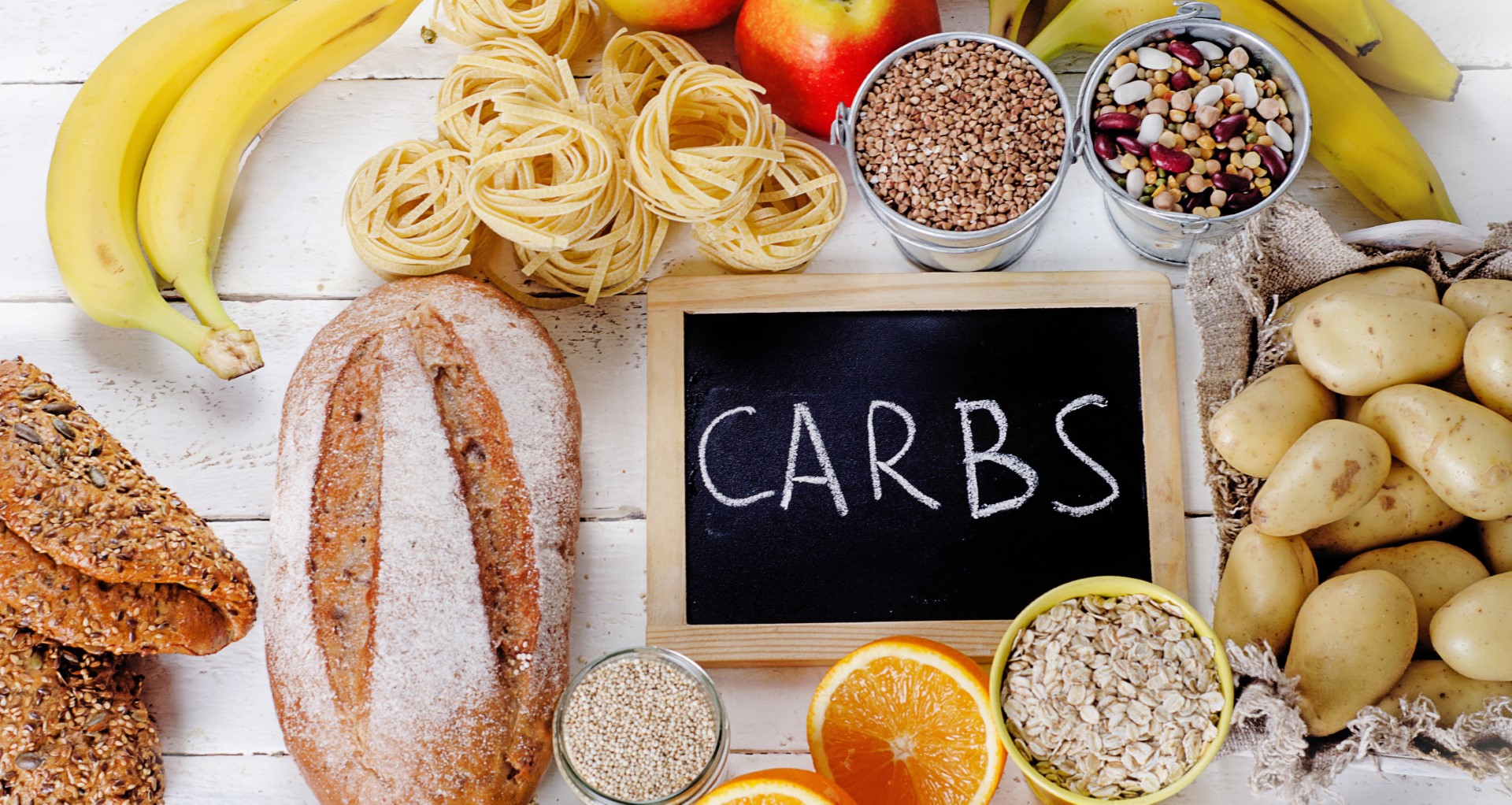
First, the thermic effect of food is highest in meals that contain a mix of protein, fat, and carbohydrates. That is, mixed meals boost your metabolism more than meals that leave out one of the three macronutrients. This doesn't mean you need to eat a "balanced" diet—5–10 grams of fat and 10–20 grams of carbs are enough to more or less maximize the thermic effect of food—but it is a strong argument against completely avoiding either fat or carbohydrates. Second—and here's the big one—low fat compared to a low-carb diet are only equally effective on average. That doesn't mean that everyone will respond equally well to both diets—they won't. Whether it's a low-carb diet or a high-carb diet or something in between, the best diet for you is the one that makes you feel best after a meal (not necessarily during it). It will give you more energy, and more stable energy, and will leave you feeling fuller for longer. So, you can figure out your ideal diet with a simple self-experiment. Over the course of two weeks, cycle through eating high-carb, low-fat; low-carb, high-fat; and moderate-carb, moderate-fat meals. Following each meal, monitor your energy level, mood, and hunger every hour. The category of meal that leaves you feeling energized and satiated for hours afterward is the kind of meal you should be eating.
Q: High intensity vs Low Intensity?
At lower intensities of exercise, muscles burn a higher percentage of fat than carbohydrate, but not necessarily more total fat, or more total calories, than at higher intensities. This is a subtle distinction, but it's an important one. Here's some background to help understand why. You get more bang for the buck when muscles burn fat compared with carbohydrate, because fat has more than twice the number of calories (nine calories vs. four calories per gram).
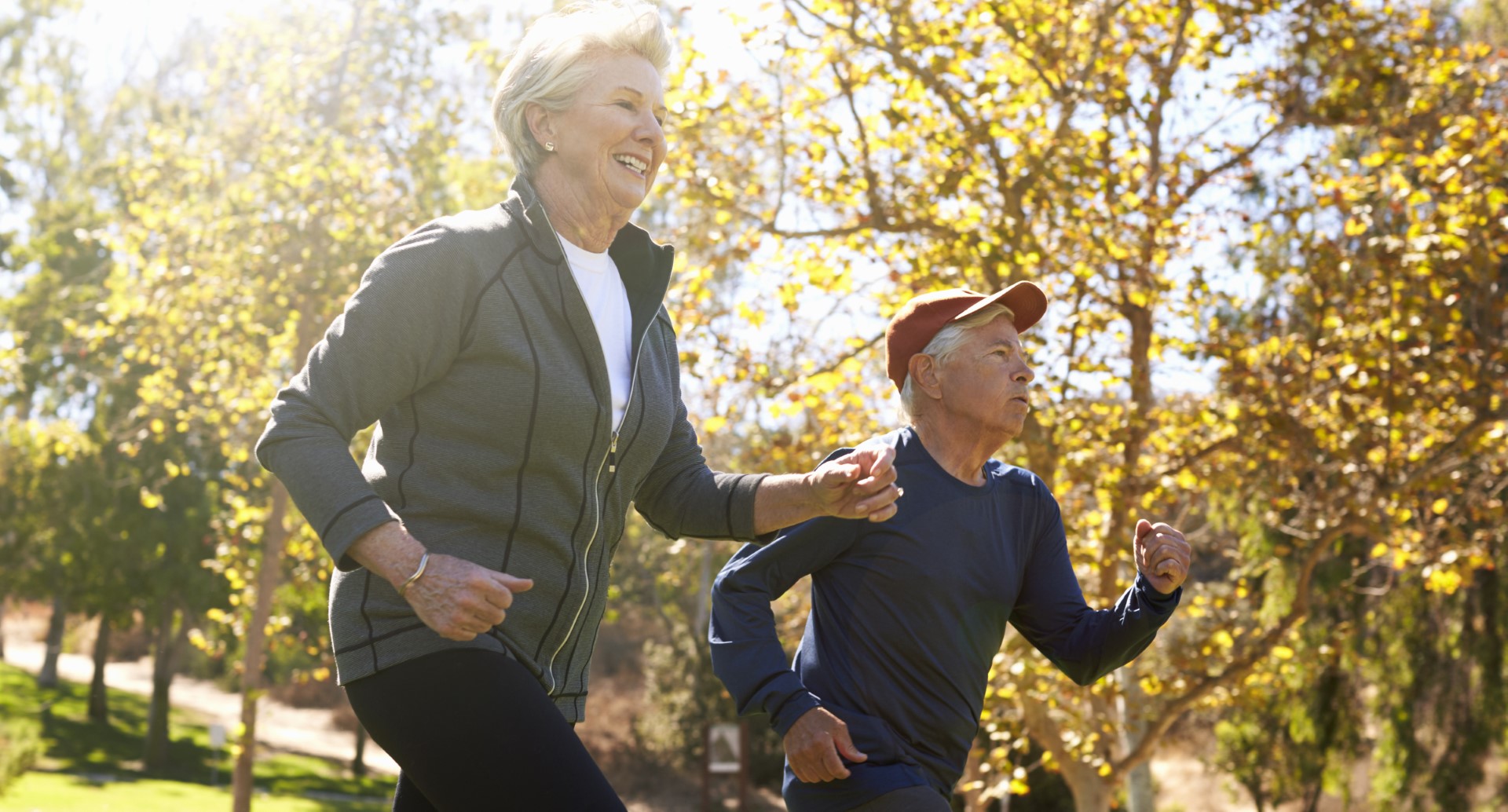
Fat is the high-test fuel. Muscles need more oxygen to burn fat compared with carbohydrate, because fat is denser. Less oxygen reaches the muscle when you exercise hard, or fast, and get out of breath. The term sucking wind means that you are working hard to get more oxygen in. When less oxygen reaches the muscles, a situation known as oxygen debt, carbohydrate becomes the preferred fuel because it burns completely with less oxygen. he problem with exercising slowly and at a lower heart rate to burn more fat is that you end up burning fewer total calories and less total fat. Consider the following example. Let's say you walk for one hour on a treadmill at 3.0 miles per hour (mph). If you weigh 150 pounds, then in one hour you burn approximately 300 calories (a 150-pound person burns 100 calories per mile), and if you walk at 4.0 mph for one hour, then you burn 400 calories. Now, let's say you burn 70 percent of your calories from fat at 3.0 mph. That would be .70 x 300, or 210 calories from fat. Now, let's say you burn 60 percent of your calories from fat at 4.0 mph. That would be .60 x 400, or 240 calories from fat. You can see that at 4.0 mph you burn less fat by percent but more total fat (and more total calories). As for which form of exercise (slow or fast) will help you lose weight faster, it's important to know that to lose weight you must consume fewer calories than you burn no matter how much exercise you do. Even if you run a marathon every day, you will not lose any weight if you consume more calories than you burn. So, whether it's fast or slow exercise, you still must consume fewer calories than you burn to lose weight. And just for the record, exercise is the single best predictor of maintaining weight loss (it's pretty much guaranteed that you will regain lost weight if you remain sedentary), but the more efficient way of losing weight is to reduce your calorie intake.

With all of this said, I encourage people to maximize the calorie burn during their workouts as long as they keep it within their physical limits and don't risk injury. I suggest this because it does burn more calories and contributes some to weight loss, but even more importantly, it makes you more aerobically fit. And the more aerobically fit you are, the more efficient the muscles will be at burning fat and burning more calories overall.
Q: Heavy weights vs light weights?
Resistance training is crucial for building muscle mass, but you'll get very different results if you lift light or heavy weights. One main issue is whether you should lift heavy weights with a low amount of reps, or light weights with more reps. Low weight training might mean doing three sets of 40 bicep curls with a 5lb dumbbell, whereas high-weight training might be three sets of five bicep curls with 30kg dumbbells. Low weight and high repetition training are fantastic for those looking for defined and lean muscles without bulk.

Generally speaking, heavy weight training is geared toward adding muscle mass, whereas high repetition training creates longer-looking muscle as less power is needed and the entire length of the muscle is used to create each contraction. Sticking to low weights but working at a high rep rate so your muscles end up shaking could lead to burning more calories afterwards, but that's not the only positive. Working with light weights allows you to perform movements through your full range of motion properly and precisely. If you want to build bulging muscles, however, lifting heavy is the way to go, which means choosing weights so heavy you can't do very many reps at a time. So think multiple sets of low reps: 5-6 sets of 3-4 reps. If your goal is simply to improve your body composition, Worthington recommends performing 3-4 sets of 8-12 reps per exercise — you need to choose a weight that allows you to do that, but also feel pushed.
In 2012, a study by McMaster University was undertaken to compare the training effects of light weights to heavy weights in young men. The researchers tested the effects of performing leg extensions with either light (30% of 1 rep max) or heavy (80% of 1 rep max) weights over a 10-week period. Interestingly, the researchers found that both heavy and light loads increased muscle size equally. The key is that both loads were lifted to exhaustion. That means the 80% group was lifting a weight that made them fatigue after about 10 repetitions, while the 30% group was lifting weights that tired them out after about 35 repetitions. What this tells us is that, as long as each set is taken to muscular fatigue, the load lifted isn't as important as the maximal effort applied for building muscle. This is because all muscle fibers will be recruited as a load is repeatedly lifted to failure. What's key, however, is that you create what's known as progressive overload — this means either increasing weight volume or number of reps over time.
Q: Calories In vs Calories Out
If you've ever tried to lose weight, you've probably heard about the importance of "calories in versus calories out." This concept is based on the idea that as long as you eat fewer calories than you burn, you're bound to lose weight. However, some people insist that the type of food you eat matters much more than the number of calories it contains both in terms of weight loss and long-term health.

The "calories in versus calories out" model is based on the idea that to maintain a stable weight, the number of calories you eat needs to match the number you expend. "Calories in" refers to the calories you get from the foods you eat, while "calories out" is the number of calories you burn.
There are three main bodily processes that burn calories:
- Basic metabolism. Your body uses most of the calories you get from food to sustain basic functions, such as your heartbeat. This is commonly referred to as your basal metabolic rate (BMR)
- Digestion. Around 10–15% of the calories you eat is used to power digestion. This is known as the thermic effect of food (TEF) and varies based on the foods you eat
- Physical activity. The leftover calories you get from your diet are meant to fuel your physical activity, including workouts and everyday tasks like walking, reading, and washing dishes.
When the number of calories you take in from food matches the number of calories you burn to sustain your metabolism, digestion, and physical activity, your weight will remain stable. Thus, the "calories in versus calories out" model is strictly true.
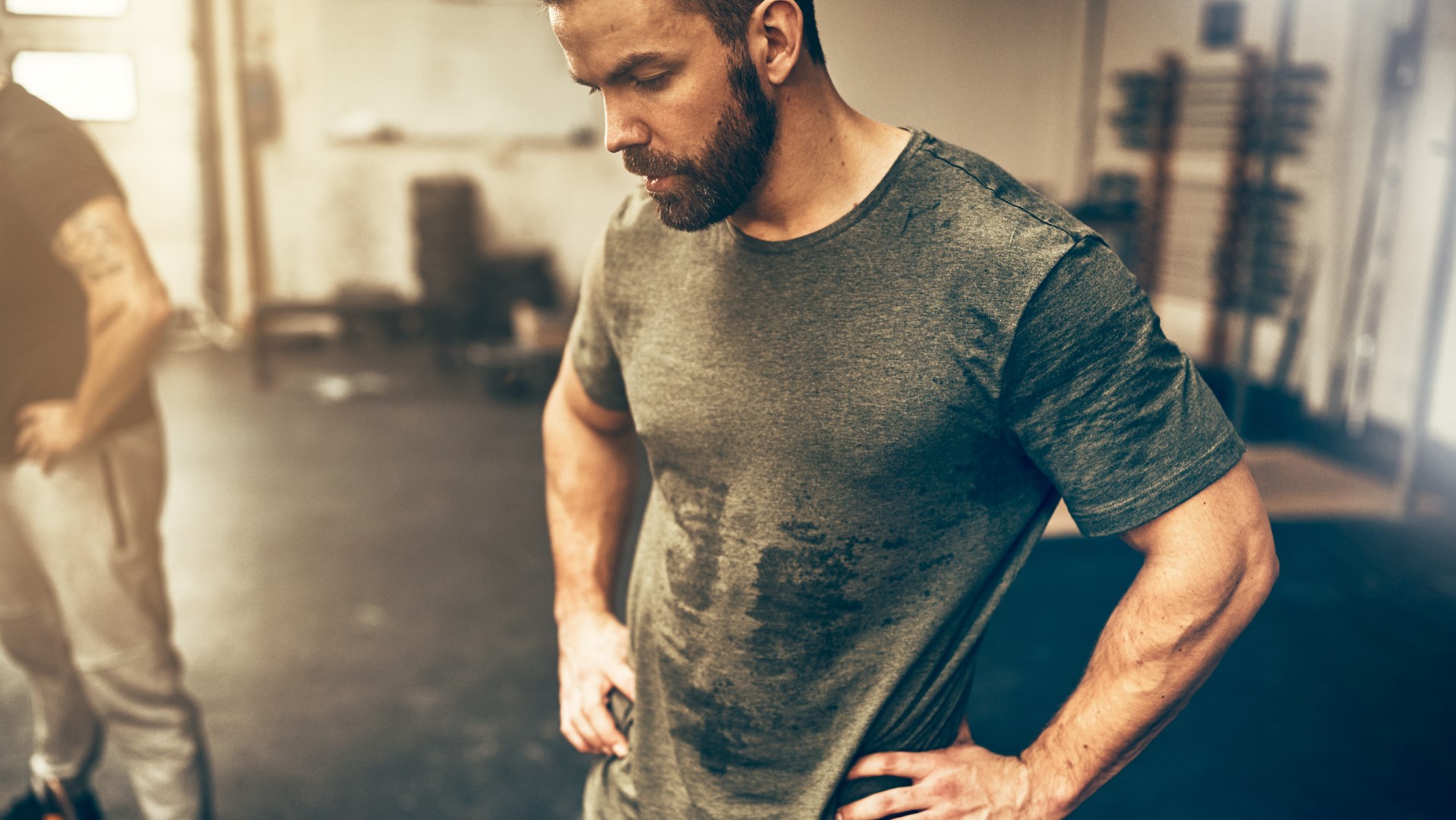
You need a calorie deficit to lose weight. From a biological perspective, you need to eat fewer calories than you burn to lose weight. There's no way around it. Once your body's energy needs are met, extra calories are stored for future use some in your muscles as glycogen, but most as fat. Thus, eating more calories than you burn will cause you to gain weight, whereas eating fewer than you need will cause weight loss. While the "calories in versus calories out" model matters for weight loss, not all calories are created equal when it comes to your health. That's because different foods have different effects on various processes in your body, regardless of calorie contents. The differing effects of glucose and fructose serve as a good example. These two simple sugars provide the same number of calories per gram, but your body metabolizes them in completely different ways. A diet too rich in added fructose is linked to insulin resistance, increased blood sugar levels, and higher triglyceride and LDL (bad) cholesterol levels than a diet providing the same number of calories from glucose. That said, fruit, which contains natural fructose along with fiber and water, does not have the same negative effects. What's more, the type of fat present in your diet can have different effects on your reproductive hormone levels. For instance, diets rich in polyunsaturated fats appear to boost fertility in healthy women. Calorie for calorie, nutrient-dense foods benefit your health much more than nutrient-poor ones.
Q: To stretch or not to stretch?
Once, stretching before team sports and other activities was almost ubiquitous, especially so-called static stretching, during which you assume a pose and hold it for anywhere from a few seconds to several long minutes. But static stretching has fallen out of favor in recent years, after studies showed that prolonged static stretching might cause reactions in the nervous system that temporarily weaken the stretched muscle. Consequently, athletes would not spring quite as high or sprint quite as fast after lengthy bouts of static stretching.
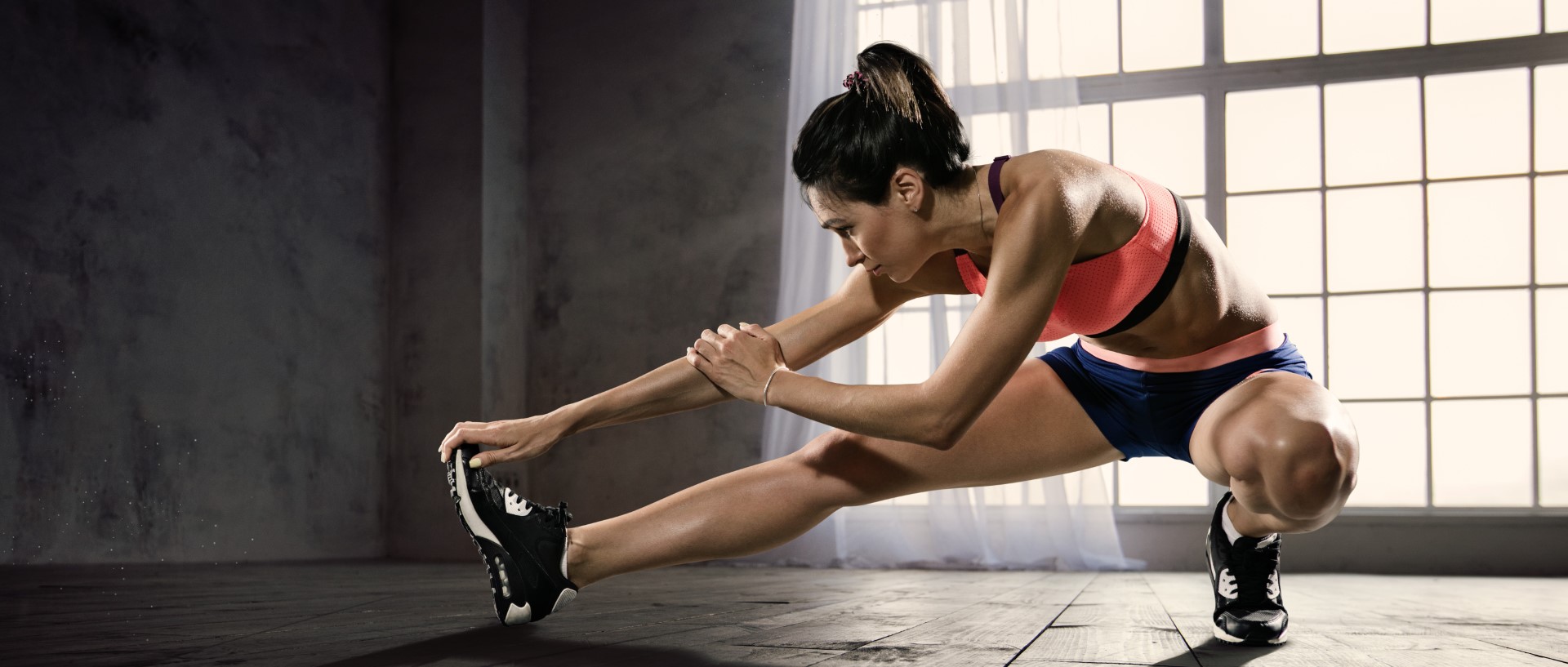
So, many coaches and organizations, including the American College of Sports Medicine, began to advise against static stretches and advocate instead for dynamic stretching, during which limbs and joints stay in motion. During a static stretch of your quadriceps muscles, for example, you might stand up, grasp one foot, ease it up until your heel touches your backside and stay in that position. A dynamic version of that same stretch would entail tugging your foot a bit farther up your back, then releasing your foot to the floor, and repeating the motion multiple times. It was thought that such dynamic stretching should bypass any negative impacts on performance, while helping muscles and joints to warm up and prepare for intense activity.